TRIPOLI, Libya - Even after rebels stormed into the capital and overwhelmed his residence, Libya's Moammar Gadhafi has plenty of places to hide.
Underground, for example. The man who ruled Libya for 42 years is known to have deep bunkers under his Bab al-Aziziya compound in Tripoli, which rebel fighters seized Tuesday. Some former officials say the compound is connected by long tunnels to far-flung parts of Tripoli in a hidden network that would provide a quick escape route.
Few have seen the tunnels and it's not certain they exist. But the reported "underground city" fits in with the aura that Gadhafi cultivated, a mix of subterfuge, rumour and myth that kept Libya's people guessing and his opponents confused. That aura — plus a healthy dose of brutal retaliation — helped him survive dozens of assassination attempts and would-be coups during his decades in power.
During the 6-month-old uprising against him, Gadhafi often showed an almost wraithlike elusiveness, making sudden appearances in public, then vanishing.
And after rebels overran much of Tripoli early Monday, he once more became Gadhafi the ghost. Many rebels were convinced he was holed up in the sprawling Bab al-Aziziya compound — one senior official, Fathi al-Baja, said there were reports Gadhafi, who is almost 70, had suffered a heart attack and was bedridden in the compound.
When rebels overran it Tuesday, they found hoards of weapons, one of the golf carts Gadhafi used to get around, the Bedouin tents where Gadhafi held court. But no Gadhafi. It is not known if he was there and escaped or if he was never there at all.
"There are so many rat holes in Tripoli. We are searching for him in the holes," said Col. Ahmed Bani, a rebel military spokesman.
As long as Gadhafi remains at large, he holds the potential to strike back. Pro-Gadhafi forces remain on Tripoli's outskirts, capable of striking at any time, rebels say. The whereabouts of two of Gadhafi's sons who command elite units — Khamis and Muatassim — are equally unknown.
Two major cities also remain in the hands of Gadhafi: his hometown Sirte, on the Mediterranean coast east of Tripoli, and Sebha, deep in the desert 400 miles (650 kilometres) south of Tripoli. Sebha is site of a significant military and air force base and, if Gadhafi can reach it, would provide him the option of easy desert escape routes into neighbouring Niger and Chad.
Bani said it was possible Gadhafi was in Sebha, though "this is just one of the many possibilities." Rebel officials and Sebha residents have reported clashes in the city between Gadhafi supporters and opponents since Tripoli's fall.
During the past few months of NATO airstrikes — including on targets in Tripoli — Gadhafi is believed by rebels to have been in constant motion, though once again discerning fact from legend about his movements is difficult.
And Gadhafi basked in the aura of mystery. "I am in a place where you can't reach me," he said in an audio message aired on state TV weeks ago. "I live in the hearts of the millions."
During the uprising, Gadhafi surprised supporters by suddenly appearing on the ramparts of the historic Red Fort in Tripoli's main square to deliver an address to the crowd below. Some former regime insiders have said a tunnel links the fort to Bab al-Aziziya, about 2 miles (3 kilometres) miles away.
Mohammed Ganbawa, an activist who co-ordinates several opposition groups in Tripoli. He said the rebels believe that in recent weeks Gadhafi moved between the homes of his sons, slept in a hospital and even in the Rixos Hotel, where international foreign media covering the conflict are staying.
Bab al-Aziziya is known to have a bunker built for Gadhafi by West German engineers to withstand massive attack.
Dr. Liacyr Ribeiro, who performed plastic surgery on Gadhafi in 1995, is among the few who claim firsthand knowledge.
Ribeiro was escorted underground past midnight to the bunker, which "had two fully equipped and very modern operating rooms, a gym and a swimming pool," he told The Associated Press earlier this year from his home in Brazil.
Omar Hussein, who served in the Tripoli police force until he joined the rebels said it was widely believed among residents of the capital that Bab al-Aziziya sits atop "an underground city."
"We know that there are tunnels linking his compound with the Old City," where the Red Fort is located, and to the main security headquarters, he told AP.
Abdel-Moneim al-Houni, who was Gadhafi's colleague in the 1969 coup that brought Gadhafi to power and served in numerous regime posts until he defected to the rebels this year, admitted he never saw the purported tunnel network. But, he said, an even closer regime insider — onetime Foreign Minister Moussa Koussa — had and described it to him, including a tunnel between Bab al-Aziziya and the Rixos Hotel.
"He turned a whole floor in the (Rixos) hotel into a command centre," al-Houni said.
In 1984, an opposition group in exile, the National Front for the Salvation of Libya, carried out a daring assault on Bab al-Aziziya in an attempt to overthrow Gadhafi. Fayez Jibril, who participated in planning the attack, said the plotters tried to map what they believed were the routes of Gadhafi's tunnels.
"It was very important to possess such maps if you are going to plot a coup," he told AP. He said his group tracked tunnels from Bab al-Aziziya to the Red Fort and other sites in Tripoli, including the Palace of the People and the Guest Palace, overlooking the Mediterranean. There was even a bunker under the zoo, he said.
Extensive preparations and deep secrecy were typical of a leader who was bunkered down against swirling plots around him.
Bani, who was a colonel in Gadhafi's air forces before he joined the opposition and became the rebels' chief military spokesman, estimated the Libyan leader survived 52 assassination attempts and failed coups. Many were followed by hangings of dissidents in public squares to intimidate anyone else tempted to try.
And even his most trusted allies spied on each other, said Ahmed Zeidan, a longtime Libyan dissident.
"They don't trust each other," he said. "If they look at you, and if there a 10 per cent chance you are a traitor, you are finished."





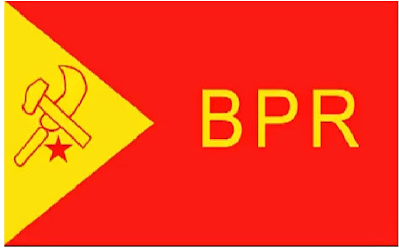















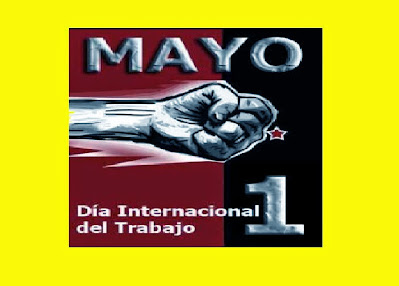

















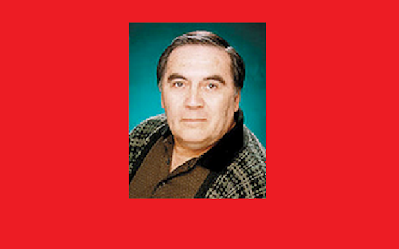



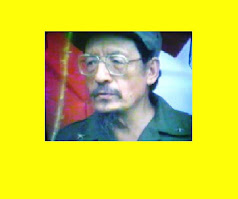



















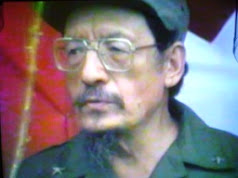






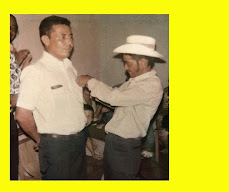









![Maestra Melida Anaya Montes [ Ana Maria ] Con la Fusion en el FMLN Traiciono al Proletariado](https://blogger.googleusercontent.com/img/b/R29vZ2xl/AVvXsEikV8GpE6suMbwZ8IUIxhKmoKOikk8PLBIBlEN45EGHAFpQkgkYEMYD_wlYn-zI7QBw2PkizM7cKvqFwjoRB-1Zd6Jm-o-P3vUxi2XXAUMRUXdroqKkLRMmDJFJejYo2z3pDCCzqB_sEGOS/s229/ana.jpg)




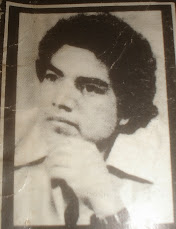


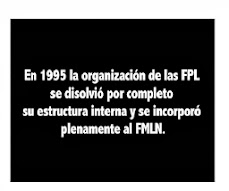



































![36 años de impunidad en asesinato de Andres Torres Sanchez [ Toño ]](https://blogger.googleusercontent.com/img/b/R29vZ2xl/AVvXsEhL9FwGvdbrHK3CdPL0T8T00yob7kMxKL77zdygFzZgNixrp6UTRdTB8nycjJncxydFSetDobD06RdlpodaTHPWbHkYWfX7T7pemZagNoJqFKgtqPTDaGis1oGfjxqXBzK6noVMy5x1EaaF/s238/mis+fotografias+el+salvador+tono.jpg)





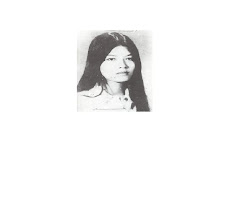









No hay comentarios:
Publicar un comentario